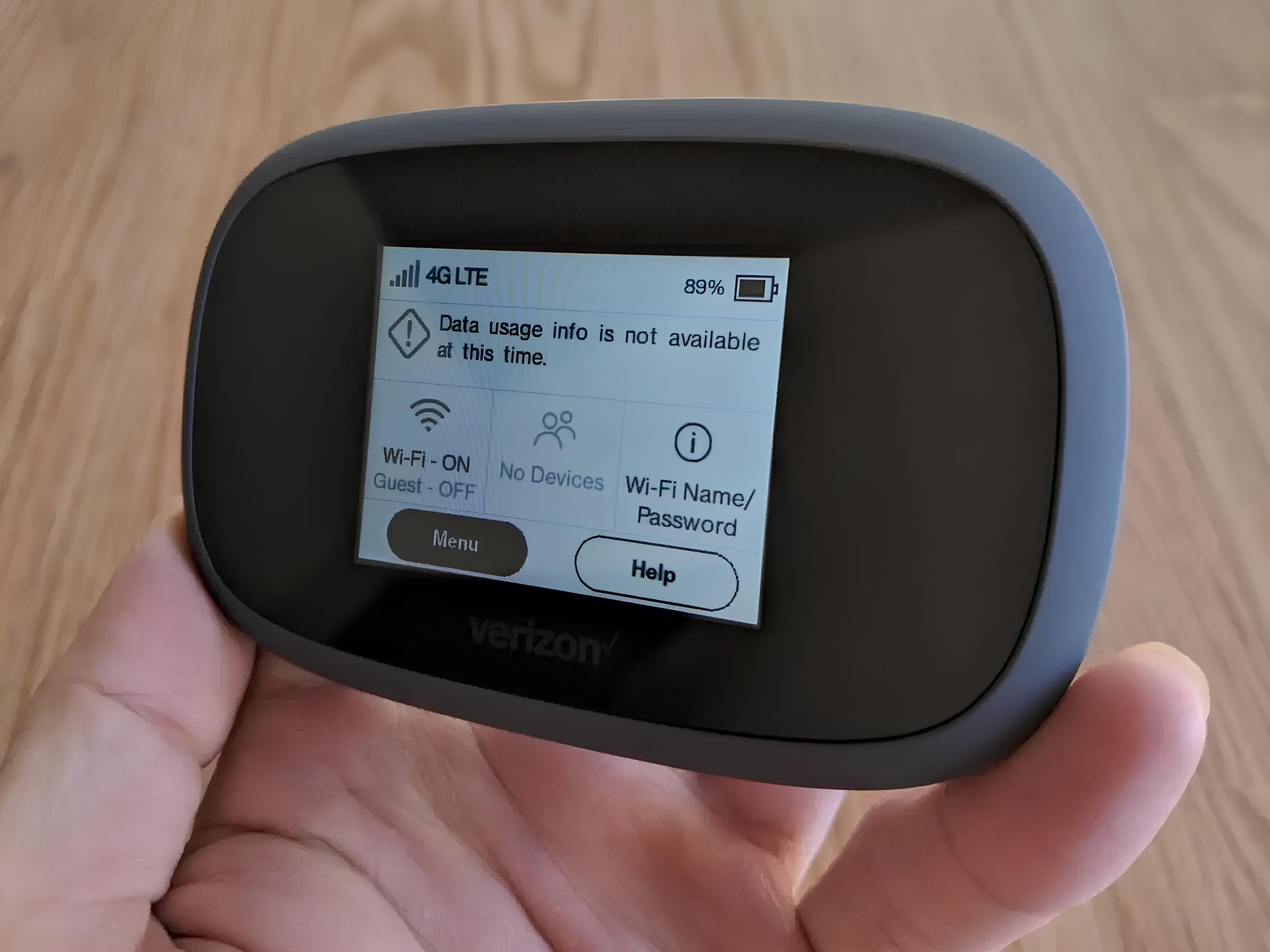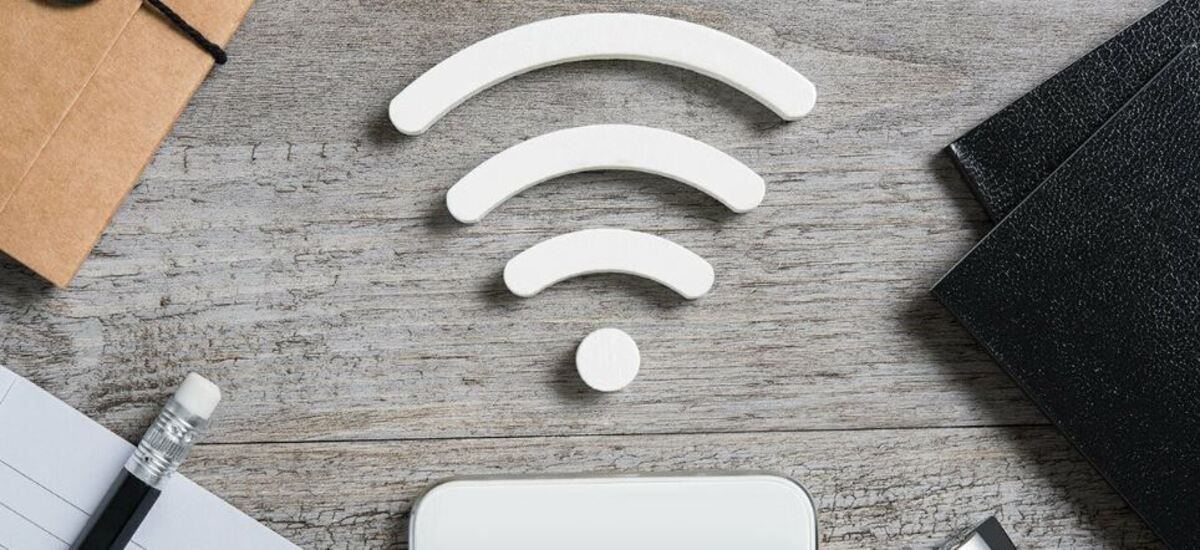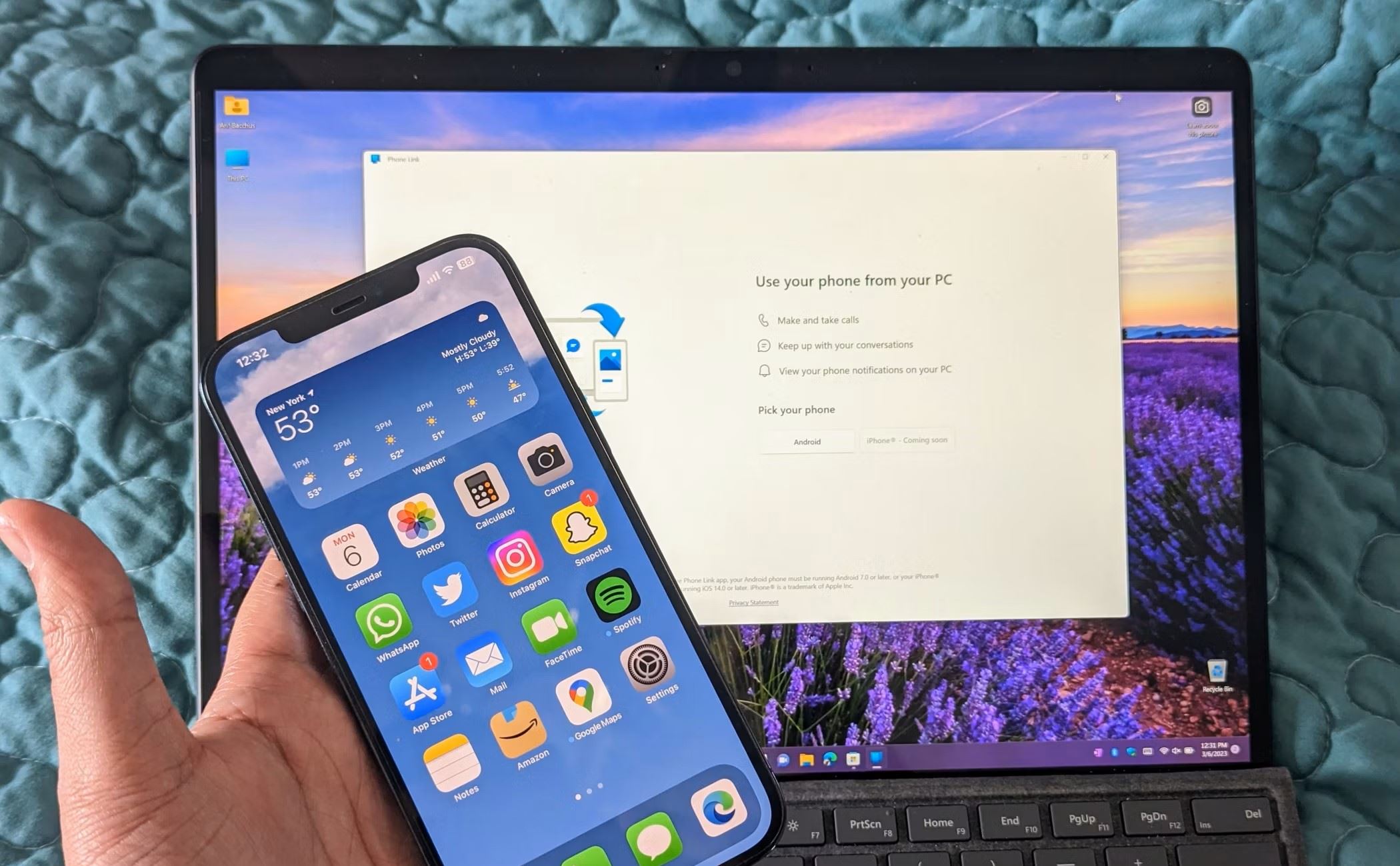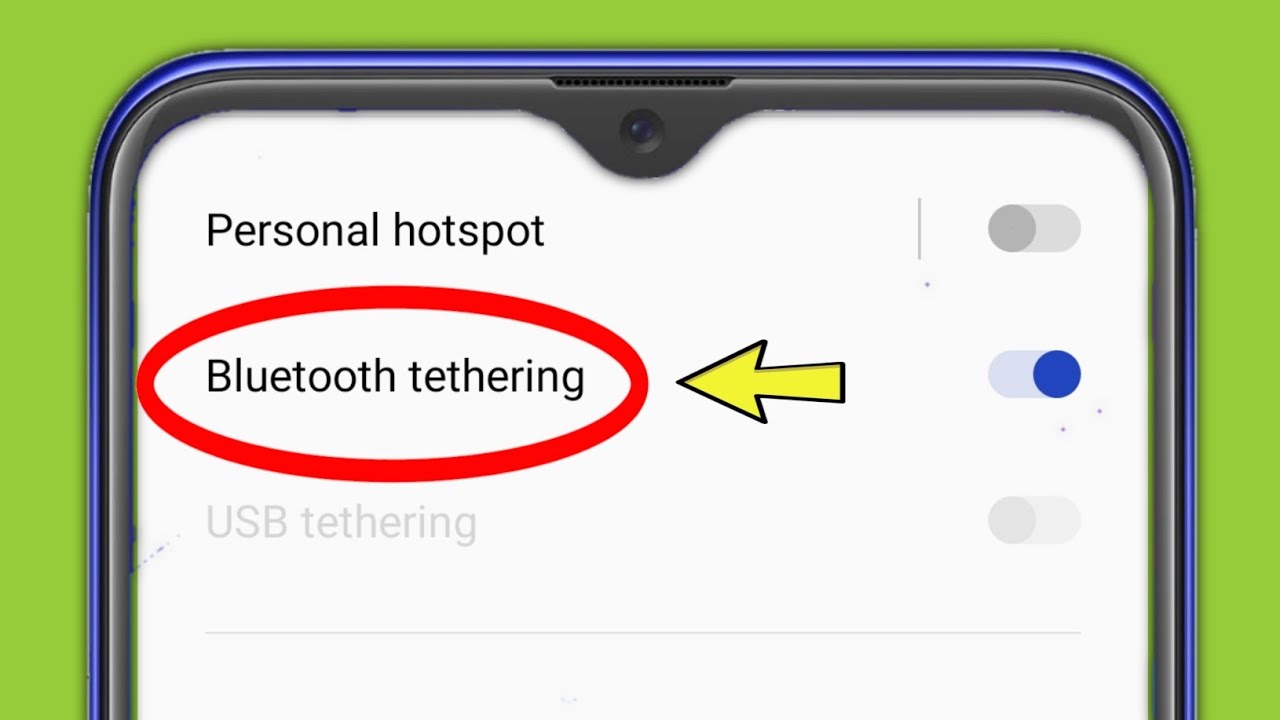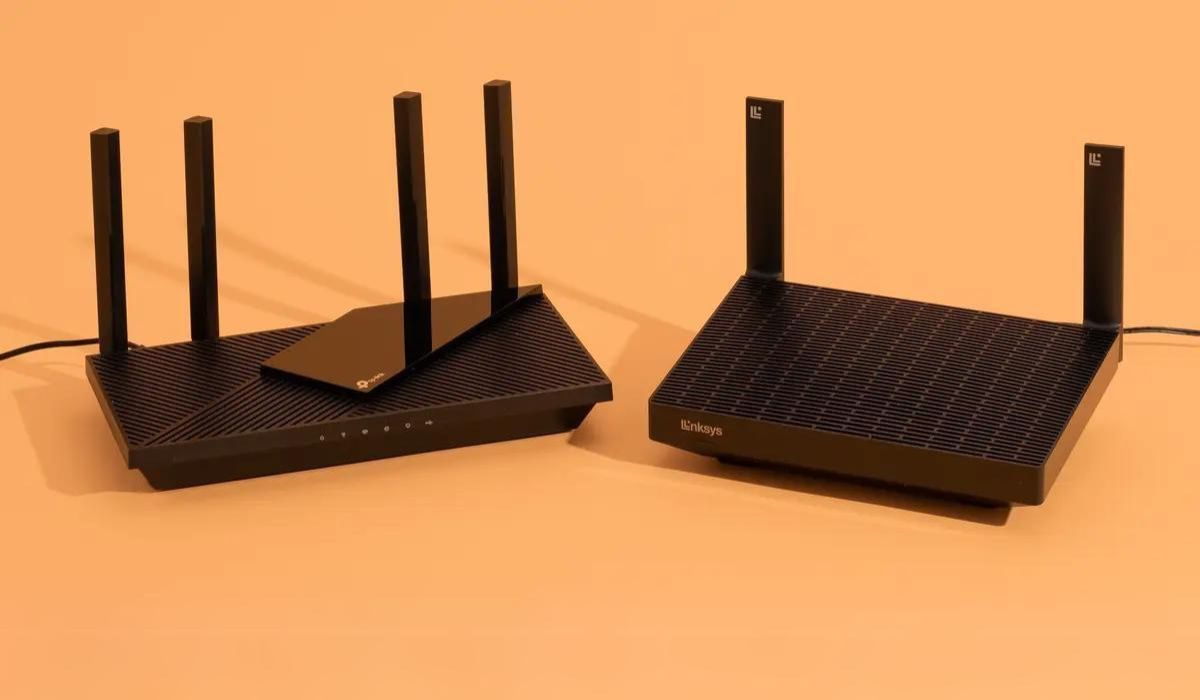Introduction
In the digital age, staying connected is a necessity, whether for work, entertainment, or keeping in touch with loved ones. One of the most convenient ways to ensure a reliable internet connection on the go is by using a personal hotspot. Whether you're traveling for business, enjoying a weekend getaway, or simply need a backup internet source, a personal hotspot can be a lifesaver. However, understanding the factors that influence the range and performance of a personal hotspot is essential for maximizing its utility.
A personal hotspot, also known as a mobile hotspot, enables you to create a portable Wi-Fi network using your smartphone, tablet, or dedicated hotspot device. This allows other devices, such as laptops, tablets, and even gaming consoles, to connect to the internet using the cellular data network of the hotspot device. The convenience and flexibility offered by personal hotspots make them a popular choice for individuals and professionals alike.
When it comes to personal hotspots, the range of the Wi-Fi signal is a crucial aspect to consider. Understanding the factors that impact the range of a personal hotspot can help you optimize its performance and ensure a stable connection across various scenarios. By delving into the technical and environmental factors that influence hotspot range, you can gain valuable insights into enhancing connectivity and addressing potential limitations.
As we explore the intricacies of personal hotspot range, it's important to recognize that a deeper understanding of this topic can empower users to make informed decisions and leverage the full potential of their personal hotspots. Whether you're seeking to extend the range of your hotspot for outdoor activities, remote work, or leisure, the insights shared in this article will equip you with practical tips and knowledge to enhance your connectivity experience.
What is a Personal Hotspot?
A personal hotspot, also referred to as a mobile hotspot, serves as a convenient solution for accessing the internet on the go. It enables users to create a portable Wi-Fi network using their smartphones, tablets, or dedicated hotspot devices. This allows other Wi-Fi-enabled devices, such as laptops, tablets, and gaming consoles, to connect to the internet using the cellular data network of the hotspot device.
The setup process for activating a personal hotspot typically involves accessing the device's settings and enabling the hotspot feature. Once activated, the hotspot device broadcasts a Wi-Fi signal, allowing nearby devices to connect to it as they would to any other Wi-Fi network. This grants users the flexibility to access the internet and utilize online services regardless of their location, provided that there is cellular network coverage.
Personal hotspots are particularly valuable in situations where traditional Wi-Fi access points are unavailable or impractical, such as during travel, outdoor activities, or in areas with limited connectivity options. They offer a reliable means of staying connected for both personal and professional needs, making them a versatile and essential tool in the modern digital landscape.
The ability to share a cellular data connection with multiple devices simultaneously makes personal hotspots an invaluable resource for individuals and businesses alike. Whether it's for remote work, entertainment, or staying connected while traveling, the convenience and flexibility offered by personal hotspots have cemented their status as a fundamental component of the contemporary digital experience.
In essence, a personal hotspot empowers users to create their own Wi-Fi network, providing internet access to multiple devices using a single cellular data connection. This functionality has revolutionized the way people stay connected, offering a seamless and reliable internet solution in diverse scenarios, thereby enhancing productivity, communication, and accessibility to online resources.
Factors Affecting Personal Hotspot Range
The range of a personal hotspot's Wi-Fi signal is influenced by several key factors, each playing a significant role in determining the extent of its coverage. Understanding these factors is essential for optimizing the performance and reliability of a personal hotspot in various environments.
-
Cellular Network Strength: The strength of the cellular network signal directly impacts the range of a personal hotspot. A stronger cellular signal translates to a more robust Wi-Fi signal, resulting in an extended range for the personal hotspot. Conversely, areas with weak cellular reception may limit the range and overall performance of the hotspot.
-
Device Capability: The capabilities and specifications of the hotspot device itself play a crucial role in determining the range of its Wi-Fi signal. Newer hotspot devices equipped with advanced Wi-Fi technology and more powerful antennas are likely to offer greater range and improved signal strength compared to older or less capable devices.
-
Obstructions and Interference: Physical obstructions and environmental factors can significantly impact the range of a personal hotspot. Walls, buildings, and other structures can obstruct the Wi-Fi signal, reducing its effective range. Additionally, interference from other electronic devices and wireless networks in the vicinity can diminish the signal strength, thereby limiting the range of the personal hotspot.
-
Frequency Band: The frequency band used by the Wi-Fi signal can affect its range. The 2.4 GHz band, while offering better range and penetration through obstacles, is more susceptible to interference from other devices and networks. On the other hand, the 5 GHz band provides faster speeds but may have a slightly shorter range due to its higher frequency.
-
Antenna Design and Placement: The design and placement of the antenna within the hotspot device can significantly influence the range of the Wi-Fi signal. Devices with strategically positioned and high-gain antennas are likely to offer better range and signal coverage, especially in challenging environments with obstacles and interference.
-
Environmental Conditions: Environmental factors such as weather conditions, terrain, and geographical features can impact the range of a personal hotspot. For instance, inclement weather, rugged terrain, and geographical obstacles may hinder the propagation of the Wi-Fi signal, leading to reduced range and potential connectivity issues.
Understanding these factors and their implications on the range of a personal hotspot is crucial for users seeking to optimize their connectivity experience. By considering these elements and implementing appropriate measures, such as choosing an optimal location for the hotspot device, leveraging advanced hardware, and minimizing interference, users can effectively extend the range and enhance the performance of their personal hotspots.
Tips for Extending Personal Hotspot Range
Extending the range of a personal hotspot's Wi-Fi signal is a practical endeavor that can significantly enhance its utility and performance in various scenarios. By implementing the following tips, users can optimize their hotspot's range and ensure a stable and reliable internet connection across a broader area.
-
Optimal Device Placement: Positioning the hotspot device in a strategic location can have a substantial impact on its range. Placing the device at an elevated position, such as on a higher shelf or table, can help maximize signal coverage. Additionally, ensuring that the device is centrally located within the area where connectivity is needed can facilitate more even signal distribution, effectively extending the range.
-
Utilize External Antennas: Some hotspot devices support the use of external antennas, which can significantly enhance the range and signal strength. By connecting high-gain external antennas to the hotspot device, users can amplify the Wi-Fi signal and overcome obstacles and interference, thereby extending the range of the personal hotspot.
-
Select the Optimal Frequency Band: Depending on the specific environment and usage scenario, users can choose the most suitable frequency band for their personal hotspot. While the 2.4 GHz band offers better range and penetration through obstacles, the 5 GHz band provides faster speeds. By selecting the optimal frequency band based on the prevailing conditions, users can effectively extend the range of their hotspot's Wi-Fi signal.
-
Minimize Interference: Identifying and mitigating sources of interference can significantly improve the range and performance of a personal hotspot. Avoiding placement near electronic devices that emit strong signals, such as microwaves and cordless phones, can reduce interference. Additionally, selecting a Wi-Fi channel with minimal interference from neighboring networks can help optimize the signal range.
-
Upgrade to Advanced Hardware: Upgrading to a newer and more advanced hotspot device with improved Wi-Fi technology and enhanced antenna design can yield a notable increase in range and signal strength. Devices equipped with features such as beamforming and multiple antennas offer superior performance, making them ideal for extending the range of the personal hotspot.
-
Consider Signal Boosters: In scenarios where the cellular network signal is weak, utilizing signal boosters or cellular repeaters can bolster the range and strength of the personal hotspot's Wi-Fi signal. Signal boosters amplify the cellular signal, leading to a more robust and extended Wi-Fi range for the hotspot, particularly in areas with limited cellular coverage.
By applying these practical tips, users can effectively extend the range of their personal hotspots, ensuring seamless connectivity and enhanced internet access across a broader area. These strategies empower users to maximize the utility of their personal hotspots, whether for remote work, travel, or leisure activities, by overcoming limitations and optimizing the range and performance of their portable Wi-Fi networks.
Conclusion
In conclusion, understanding the dynamics of personal hotspot range is pivotal for users seeking to optimize their connectivity experience. The range of a personal hotspot's Wi-Fi signal is influenced by a myriad of factors, including cellular network strength, device capability, obstructions and interference, frequency band, antenna design, and environmental conditions. By comprehending these factors and their implications, users can implement practical measures to extend the range of their personal hotspots and ensure a stable and reliable internet connection across diverse environments.
The tips for extending personal hotspot range outlined in this article provide actionable strategies for users to enhance the performance and coverage of their portable Wi-Fi networks. From optimal device placement and the use of external antennas to minimizing interference and considering advanced hardware, these tips offer valuable insights into overcoming limitations and maximizing the utility of personal hotspots. Furthermore, the consideration of environmental conditions and the selection of the optimal frequency band empower users to adapt their connectivity approach based on prevailing circumstances, thereby extending the range of their personal hotspots with precision and efficacy.
By leveraging these insights and implementing the recommended tips, users can unlock the full potential of their personal hotspots, whether for remote work, travel, outdoor activities, or everyday connectivity needs. The ability to extend the range of a personal hotspot not only enhances accessibility to online resources but also fosters a seamless and reliable internet experience, empowering users to stay connected and productive across a broader spectrum of scenarios.
Ultimately, the knowledge and strategies shared in this article serve as a valuable resource for individuals and professionals seeking to optimize their personal hotspot experience. By embracing a proactive approach to extending hotspot range and addressing connectivity challenges, users can elevate their digital connectivity to new heights, ensuring consistent and reliable internet access wherever their endeavors take them. With the right insights and strategies at their disposal, users can harness the full potential of personal hotspots and embark on a connected journey that transcends limitations and empowers seamless connectivity in the modern digital landscape.










